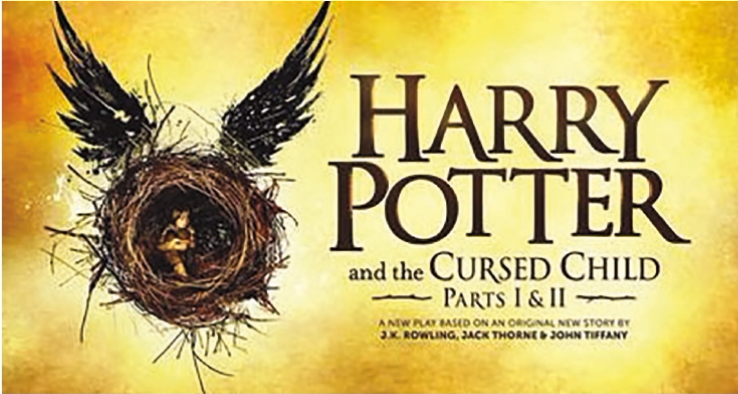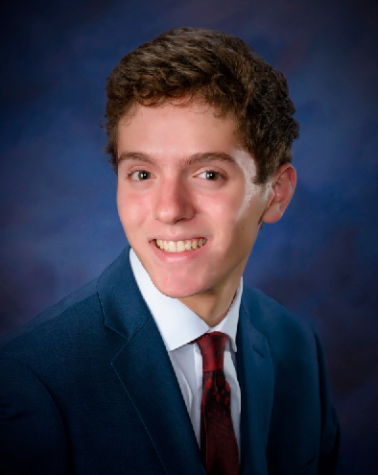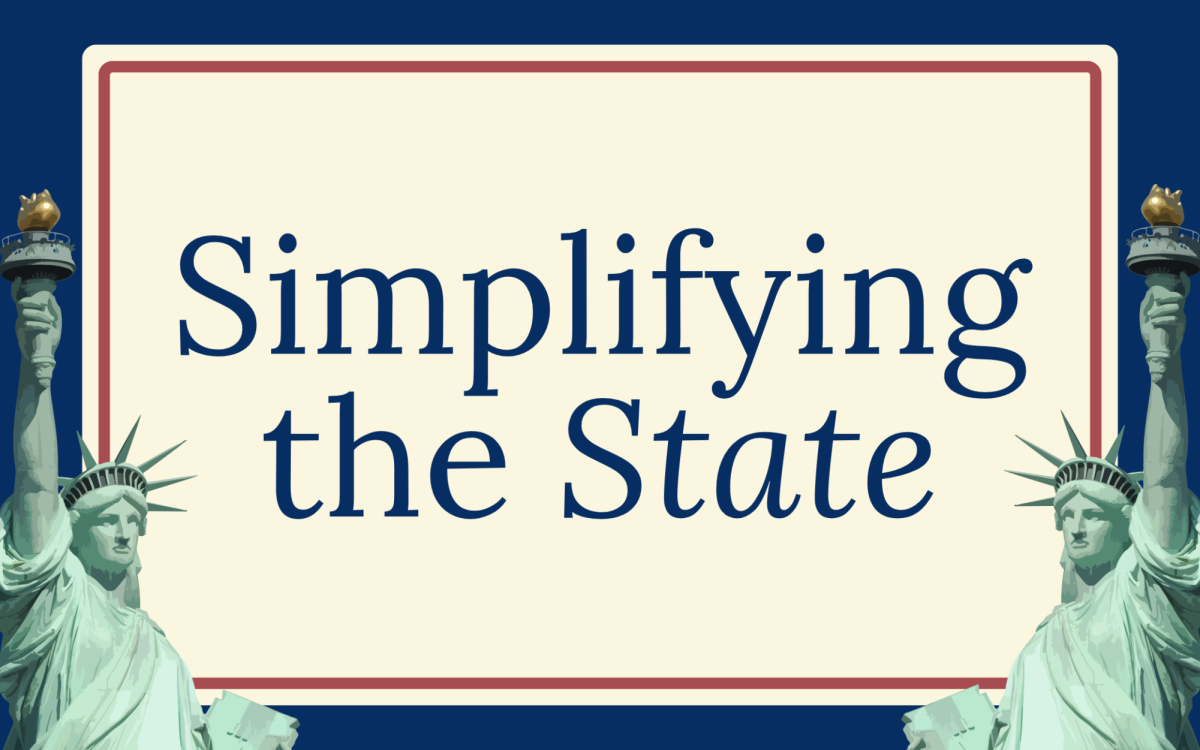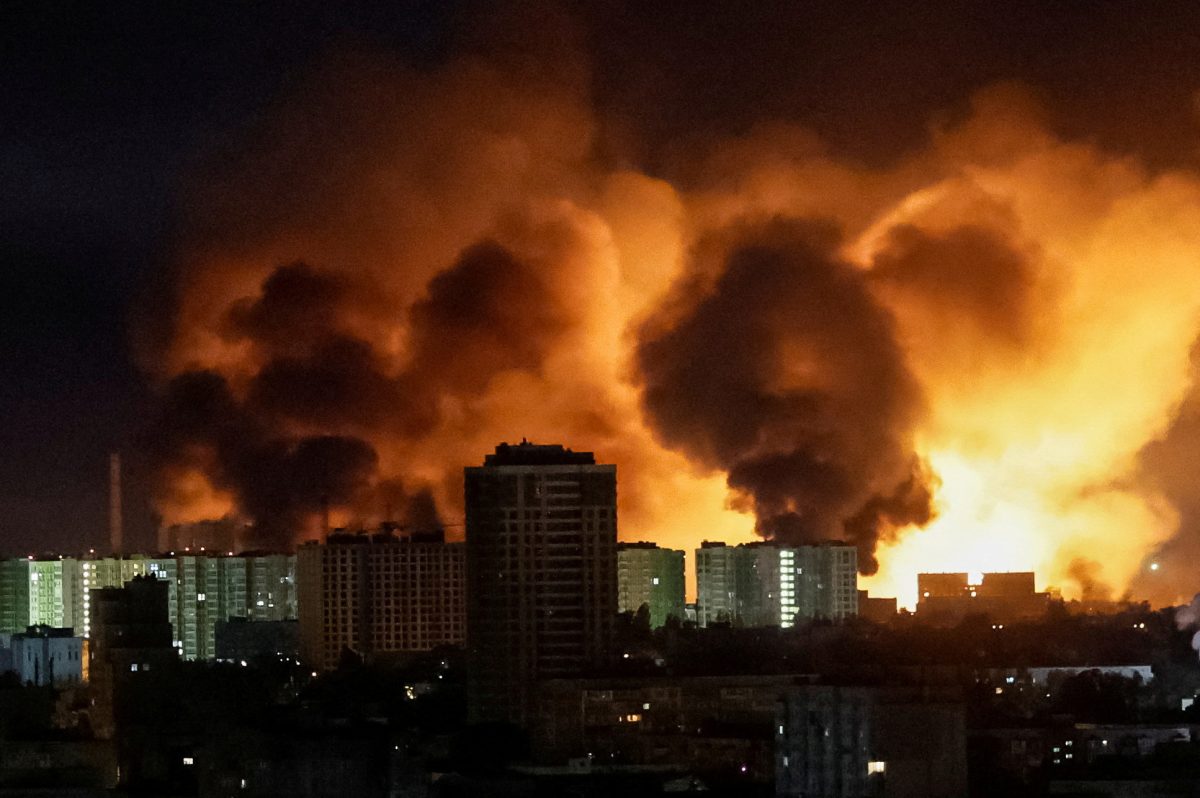Harry Potter and the Cursed Child
October 16, 2016
Let me make one thing perfectly clear: the play “Harry Potter and the Cursed Child” is not a Harry Potter book. Advertised on the back cover as “the eighth story,” “Cursed Child” falls flat when compared to the seven novels.
Written by Jack Thorne (though J.K. Rowling’s name receives top billing for co-writing the plot), “Cursed Child” accomplishes the goal of giving fans an extension of the epilogue from “The Deathly Hallows,” but accomplishes little more than that.
The play begins 19 years after the end of the final book, and many of the original characters are revisited. Harry Potter now works for the Ministry of Magic, under the authority of Hermione Granger. Harry is now married to Ginny Weasley with three children, and Hermione is married to Ron Weasley, who now is the owner of a joke shop.
The first act follows Harry Potter’s youngest son, Albus as over the course of his first three years at Hogwarts. On his first train ride, Albus meets Draco Malfoy’s son, Scorpius, and the two become best friends.
Though the pair are originally eleven years old, the play has been criticized by some fans for not having a gay relationship between the two. Are fictional eleven year olds not allowed to have same-sex friendships anymore?
The plot takes a turn down the traditional Harry Potter path in the third act when Albus and Severus set out on a quest and uncover dark secrets about Voldemort’s past along the way. The basic outline of the quest itself is derivative of many popular science fiction stories, as the device of the time-turner (last seen in “The Prisoner of Azkaban,” now treated as the most important thing in the Harry Potter universe) is used to go back and forth in time.
Albus and Severus predictably make mistakes in their time traveling and end up having to go back and forth in time to prevent the reality of a nightmarish future. There are a few surprises along the way, but all are slightly predictable.
The entire time-travel plotline is merely an excuse to cram the entire play with references to the previous books. An entire storyline is developed within the Tri-wizard tournament from “The Goblet of Fire,” and numerous killed off characters make prominent appearances including Snape, Dumbledore and Cedric Diggory.
Throughout the play, a secondary plotline focusing on the father-son relationship between Harry and Albus is developed, though at times that aspect grows cliche and overdone.
Performances of the play have been lauded for their usage of special effects, which is telling of the notion that the play was meant to be watched, not read.
At this point in the review, you have most likely come to the conclusion that I did not enjoy reading the play. I did enjoy it, and for the same reason that anyone reading this review will enjoy it. As a fan of Harry Potter, I enjoyed finding out what happened to Harry, and reading one more story about all the characters I remembered fondly.
If you are a fan of Harry Potter, and have not yet read “The Cursed Child,” I recommend you read this book just to see what happens. If you are indifferent towards Harry Potter, don’t be in any hurry to put this on your reading list.







